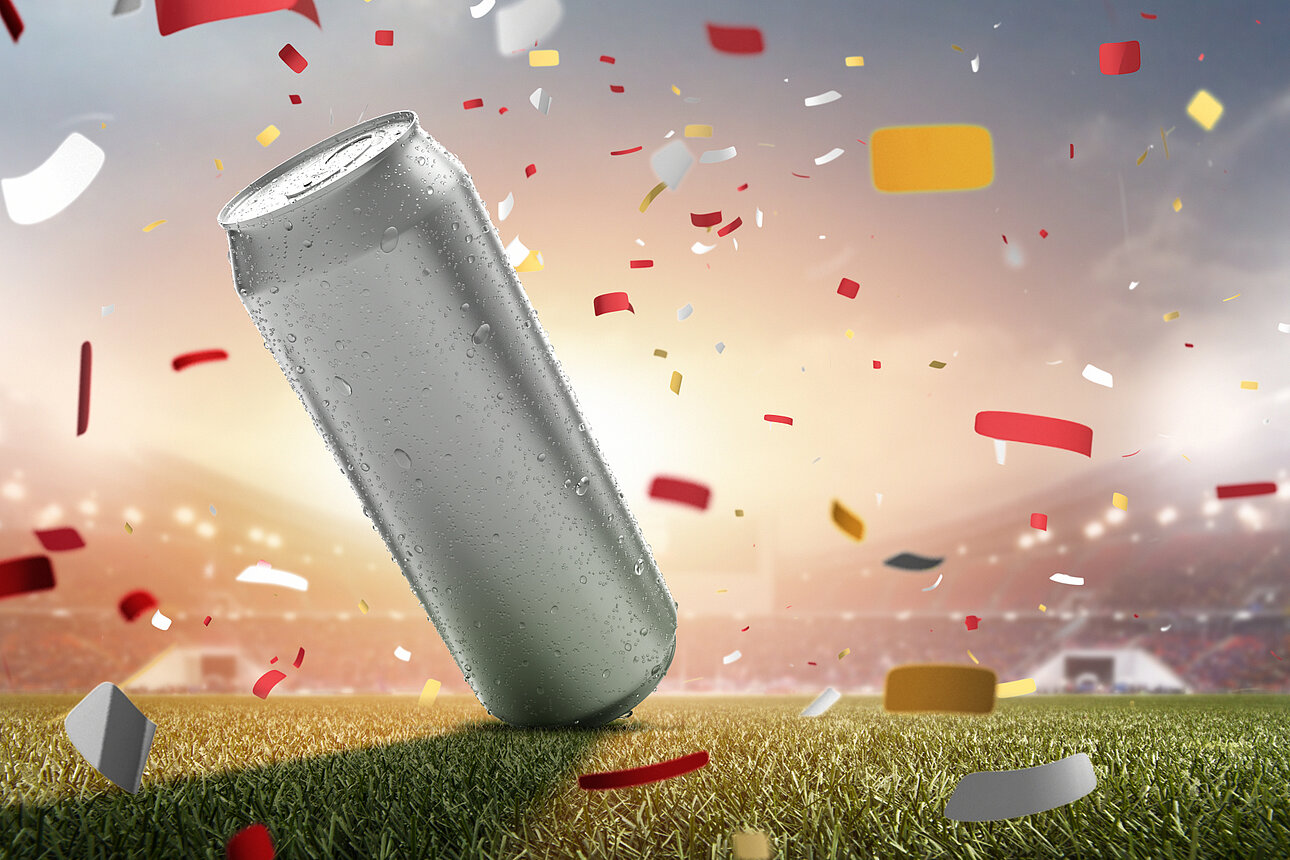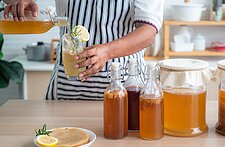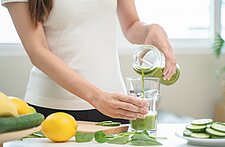When most folks think of seasonality it’s normally in preparation of Winter, Spring, Summer and Fall; but when consumers, more specifically foodies, think of seasonality it is usually in anticipation of pumpkin spice lattes or breast cancer pink cookies. At Symrise we are constantly looking for ways to innovate and that means going beyond the scope of normal. It also means not only looking for inspiration within, but outside of the box — our box being the food and beverage space. To do that, we teamed up with Brand Genetics to interview eleven experts spanning several, very different industries to get their take on seasonality in hopes of guiding you on your path to being informed, inspired, and innovative. Up next in our interview series is Dan Farrell, Senior Vice President, Sales and Marketing at the St. Louis Cardinals. His role is to manage different revenue generating departments which mainly come from ticket sales, sponsorships, corporate relationships, and broadcast collaborations. Let’s take a look at what he had to say about seasonality in the Major League Baseball space.
Up next in our interview series is Dan Farrell, Senior Vice President, Sales and Marketing at the St. Louis Cardinals. His role is to manage different revenue generating departments which mainly come from ticket sales, sponsorships, corporate relationships, and broadcast collaborations. Let’s take a look at what he had to say about seasonality in the Major League Baseball space.
RELATED: Touchdown for Super Bowl LIV Food and Drink LTOs
What drives the marketing calendar for baseball?
Summer months, we get a lot of visitors from outside the home market (a third of our crowd) so we have to ramp up productions, promotions, and ticket prices. The most important season though is the post season, when you get into the playoffs.
What are some of the challenges you face in the sales and marketing space? Any failures?
One challenge is consideration, meaning if you want to work with a partner, it needs to be mutually beneficial. That means making sure the campaign works and they get the lift in sales; as well as getting the right positioning at the retail location and making sure products are marketed properly.
A failure was our own branded water. We got an opportunity to work with a manufacturer and put our logo on the product. We sold it at the stadium to sample its sales, but the truth is, the water category is difficult to break into. In the retail space there is a lot of demand for shelf space and it is hard to beat out established brands especially with very limited distribution.![]() How does seasonality affect ballpark food?
How does seasonality affect ballpark food?
Consumption patterns show that consumers drink lots of coffee and hot chocolate earlier in the year and as the temperatures rise we see a shift to water and beer — no specifics in flavors though. In the summer, nachos are a big item because they are a product you can nibble on during a three hour game, whereas a hotdog gets consumed quickly. Our main products sold in the summer are: beer, hot dogs, nachos, popcorn, and water.
Can you talk to us about how or where you promote and what makes a limited edition product successful?
We have a very strong lead to our website, supporters want to follow the team and get statistical information; and our website is a great marketing platform where we can talk about ticket sales and special events. Ticket sales are very successful on dates when we have promotions like bag or t-shirt giveaways.
Limited edition is only successful if it is backed up by a strong commercial, advertising, and media campaign. It is important that when people see a product on the shelf they are reminded of a campaign that is going on, that there’s a special offer, and it is unique and different. This is as opposed to something just showing up on the shelf. If you are going to have a program you have to spend incremental dollars to promote it.
Stay ahead of flavor trends and creative concepts—subscribe to In-sight!
The biggest takeaway from this series of interviews is that seasonality is about about novelty (think charcoal ice cream), flavor (pumpkin spice latte), functional benefit (plant-based everything), association (gingerbread cookies during Christmas), excitement (unicorn frappe), and priming (marketing). It is also a reflection of our world — weather, time of year, ingredients, locales, cultures, etc. Seasonality can be a good product development tool with the right balance of market curation and experimentation. At the same time, it can be expensive and hard to pull off without a healthy balance of change and stability.
This series is backed by our Seasonality Initiative where we help our customers develop pipelines of new concepts and flavor ideas for the seasons and major holidays. If you have questions or would like to learn more about our initiative please contact us.






